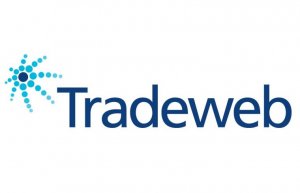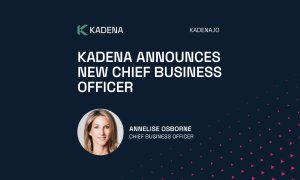Ethereum and Layer 2s low cost value transfers made possible with cBridge
cBridge, made by Celer, has announced that it has surpassed $1 billion in total cross-chain transaction volume and assets bridged as it continues to enable low-cost value transfers into Ethereum and its Layer 2s.

The bridge was launched in July 2021 and has reported that it reached a peak daily volume of $25 million in assets bridged on November 17. Cross-chain is the biggest buzzword in the crypto industry right now as the number of blockchain networks in operation has increased and this has increased the need for the networks to not only talk to each other but also to enable asset transfers so that the users would be able to deal with multiple tokens sitting in different networks seamlessly and securely. There is still a lot of work to be done to make such transfers smoothly and seamlessly with different approaches being taken for the same, by different development teams and it remains to be seen which would be the ideal one that is preferred by all.
“Reaching $1 Billion in transactions is an amazing testament to the effort our team put into designing what we believe is the best cross-chain bridge,” says Dr. Mo Dong, Celer’s Co-founder. “cBridge 2.0 is built to provide a much simpler user experience with a highly scalable and deep multi-chain liquidity management system to support billion-dollar daily cross-chain transfer volume for the entire ecosystem.”
Celer’s cBridge fills the gap in interoperability brought by next-generation L2 solutions. Despite offering excellent benefits to scalability for generalized smart contracts, solutions like optimistic rollups are poor in terms of their composability with Ethereum L1 and each other. Due to the 1-week delay window, users are essentially locked into their preferred rollup. However, by using cBridge, they can withdraw their assets instantly to L1 or another L2.
A version 2.0 is also being released that will not only bridge the assets to L2 but would seek to build bridges to other L1s like Cardano and Solana in due course of time. It would also have an SDK that would help developers to build their dApps and solutions on top of this which would then serve as true cross-chain applications for DEXs and the NFT ecosystem as well. This will serve as a blueprint for future cross-chain interactions as well.









